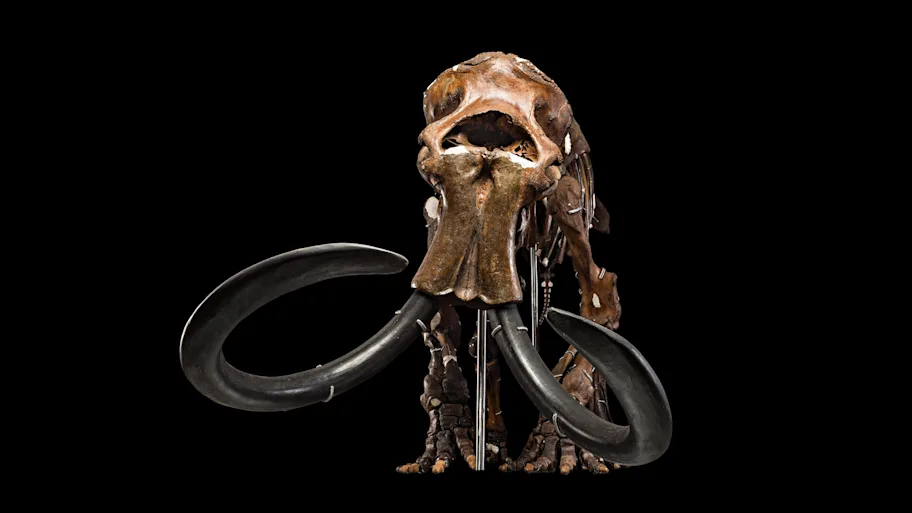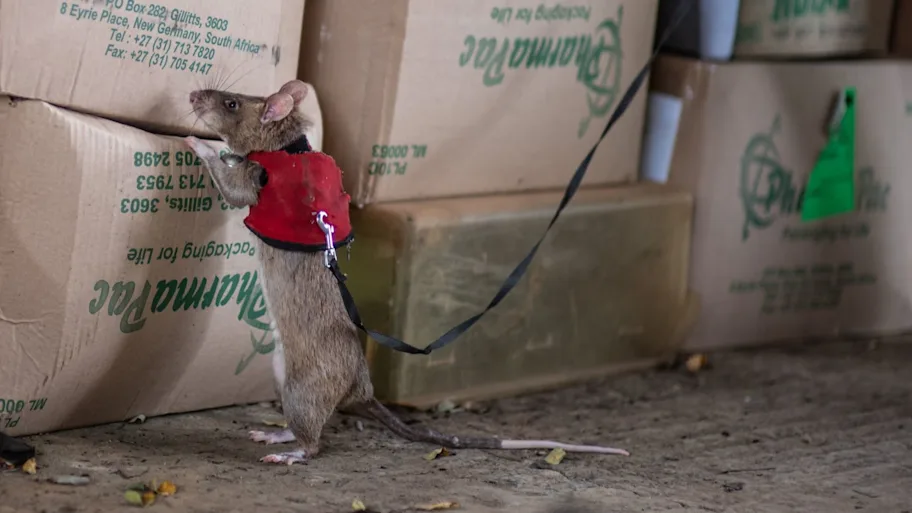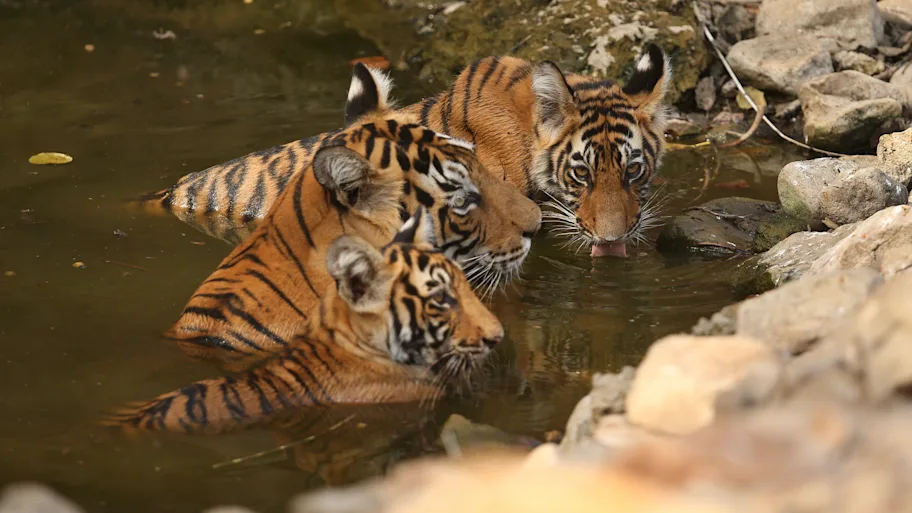
- Science news
- Environment
- Wildlife forensic scientists develop new tool to detect elephant ivory disguised as legal mammoth ivory
Wildlife forensic scientists develop new tool to detect elephant ivory disguised as legal mammoth ivory

Mammoth ivory, dug up in the permafrost, is sometimes used as a legal substitute for elephant ivory. But this leaves a potential loophole for poached elephant ivory to be sold as mammoth ivory. Genetic analysis and radiocarbon dating that can reliably tell even carved and polished mammoth ivory from elephant ivory are slow and expensive, making it difficult to screen ivory at scale. Now scientists have identified a way of using stable isotope analysis to tell the difference between today’s elephants and the mammoths of the past, potentially revolutionizing the fight against the illegal ivory trade.
To save elephant populations from extinction, the international community banned the sale of their ivory — but selling mammoth ivory remains legal, and the two are difficult to tell apart, especially for non-experts. This leaves a possible loophole for sellers of poached ivory to exploit. Now stable isotope analysis could provide a cheap, rapid option to speed up sample screening and stop the sale of elephant ivory.
“Smugglers routinely use mixed shipments — an illegal wildlife product mixed with a legal one of similar appearance — to fool law enforcement,” said Dr Pavel Toropov of the University of Hong Kong, an author of the article in Frontiers in Ecology and Evolution. “There are concerns that this is happening with mammoth and elephant ivories. Our aim was to develop a tool that can cheaply and quickly distinguish between the two ivories.”
“Our results showed that stable isotope analyses of hydrogen and oxygen isotopes is an efficient tool to distinguish elephant and mammoth ivory,” said Dr Maria Santos of the University of Hong Kong, first author of the article. “This is because the elements of water drunk by mammoths in high-latitude regions such as Siberia have distinct isotope signatures compared to the elements of the water ingested by elephants in tropical latitudes.”
CSI Ivory
To secure elephants’ tusks, poachers kill them. The demands of the modern trade in elephant ivory have caused African elephant populations to drop by more than 80% in the last century, leading to bans on the trade and sale of elephant ivory worldwide. Mammoth ivory, meanwhile, comes from the remains of animals excavated from the permafrost in high-latitude regions like Siberia, preserved since the last Ice Age.
“Mammoth ivory costs a fraction of the price of elephant ivory, but the two are considered completely different materials by carvers and experts, because mammoth ivory usually lacks the deep, creamy white color of elephant ivory,” said Toropov. “One trader compared them to a ‘Lamborghini and a Ford’. Mammoth ivory cannot be a real substitute for elephant ivory, but its value may lie in providing a legal cover for elephant ivory.”
“The two most effective current methods to distinguish mammoth and elephant ivory are molecular analyses and radiocarbon dating — morphological characteristics are often ambiguous in pieces that have been polished or carved,” said Santos. “However, these tools are expensive, and results typically take weeks.”
The scientists investigated stable isotope analysis as an alternative. Isotopes, different forms of an element, are present in different ratios in different environments. Because mammoths and modern elephants occupied very different environments — the tundra versus the tropics — stable isotope analysis can use these differences to distinguish between ivory from an elephant and from a mammoth.
Read and download original article
A mammoth task
The scientists tested 79 pieces of ivory, 44 identified as elephant ivory and 35 identified as mammoth ivory. Some were seized by Hong Kong law enforcement and others bought from carvers or markets in Hong Kong and Shanghai. The researchers examined five different elements’ stable isotope ratios — carbon, hydrogen, nitrogen, oxygen and sulfur — to see which would distinguish most clearly between the samples.
The scientists found that there was very little overlap between the elephants’ and the mammoths’ isotope ratios for oxygen, and no overlap for hydrogen, reflecting differences in the water that the animals drank. However, there was significant overlap for carbon, nitrogen, and sulfur isotope ratios. This indicates that targeting oxygen and hydrogen isotope ratios is the most effective way to differentiate between mammoth and elephant ivory samples.
More research will be needed to understand the influence of factors like the portion of the tusk sampled or an animal’s age on isotope ratio variation, as well as to bring this method to a point where it can be used as evidence in court. For now, however, it could be used to provide a quick, efficient first screening step to identify suspect pieces of ivory.
“We hope that the protocol described in our study will be applied to screen large batches of supposedly mammoth ivory objects,” explained Santos. “Samples that have an isotopic signature of elephant ivory can then be tested with more expensive and time-consuming methods, such as radiocarbon dating. This could help combat the illegal ivory trade more effectively and close the potential laundering loophole.”
REPUBLISHING GUIDELINES: Open access and sharing research is part of Frontiers’ mission. Unless otherwise noted, you can republish articles posted in the Frontiers news site — as long as you include a link back to the original research. Selling the articles is not allowed.







